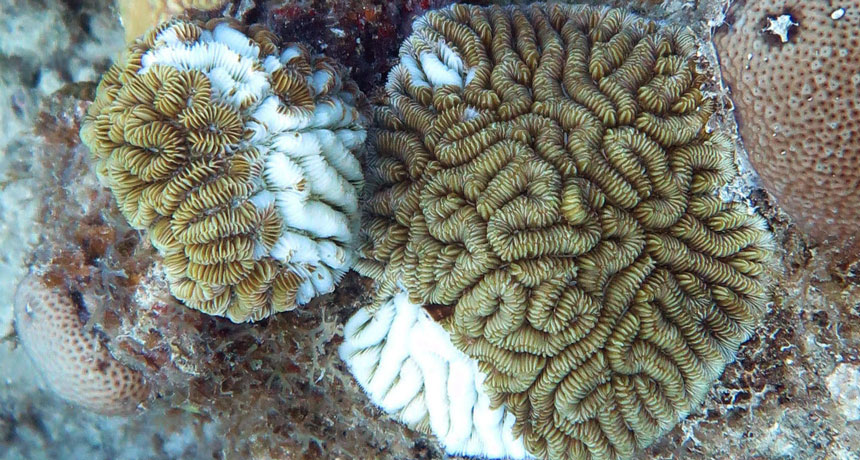Story published in ScienceNews by Cassie Martin, July 9, 2019
Off St. Thomas, the disease is moving faster and killing more corals than any disease before.

Divers monitoring coral reefs off St. Thomas in the U.S. Virgin Islands in January noticed something alarming: Big white lesions were eating into the colorful tissues of hundreds of stony corals. Some corals were dead by the next day — only their stark white skeletons remained. Others languished for up to two weeks. Within four months, more than half of the reef suffered the same demise.
What’s killing the corals is far from clear, but the prime suspect is stony coral tissue loss disease, sometimes referred to by its initials SCTLD or by the nickname “skittle-D.” This infection, discovered off Florida in 2014, is responsible for what some scientists consider one of the deadliest coral disease outbreaks on record.

Source: P.R. Kramer, L. Roth and J. Lang/AGRRA 2019 (Data source: AGRRA)
Click to read more of this story.